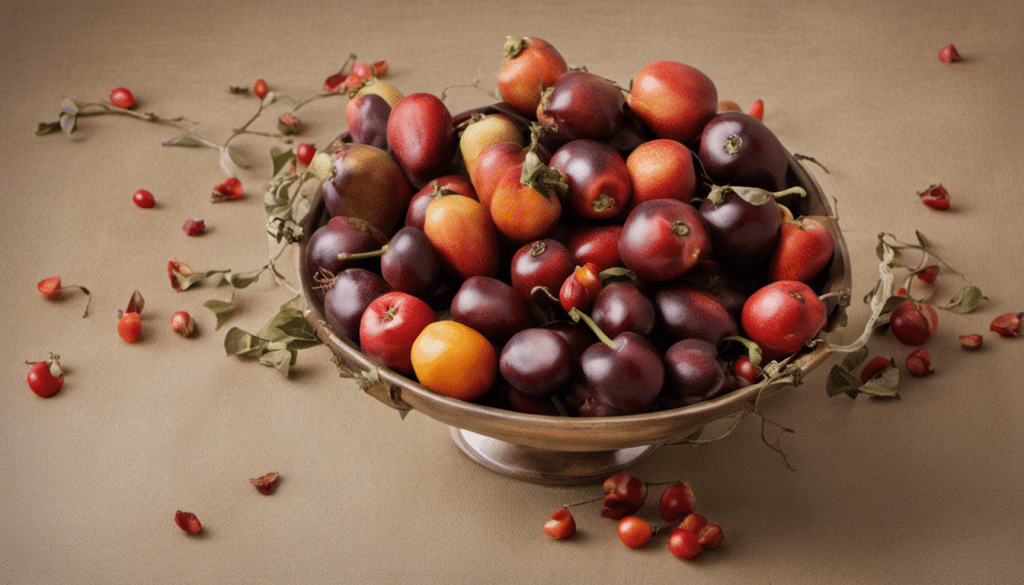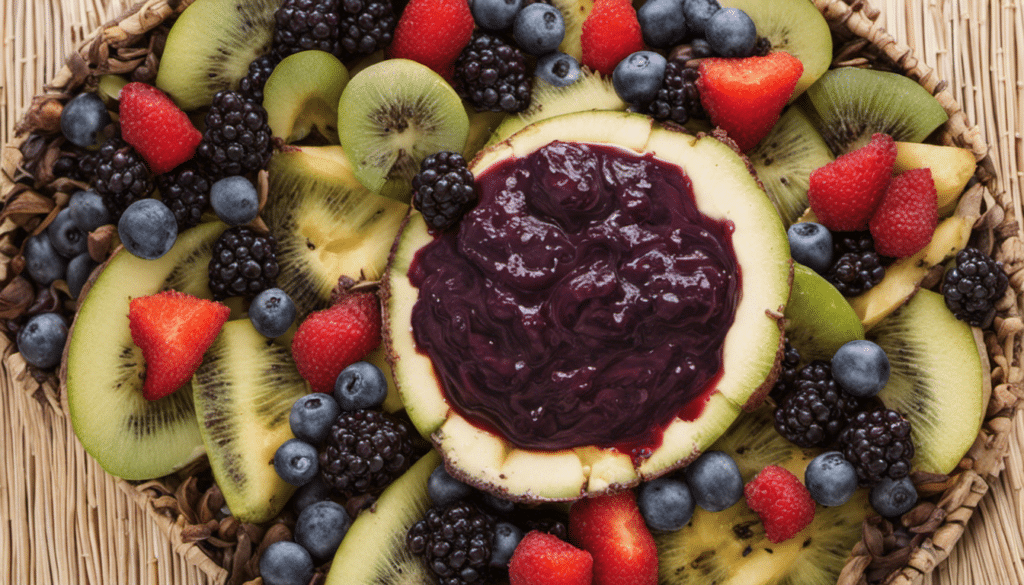What You Need to Know About Sea Kale
Sea kale, a perennial plant native to the coasts of Europe, has recently emerged as a superfood due to its exceptional nutritional profile. It’s more than just a plant that adds an aesthetic appeal to your gardens; it’s a treasure-trove of vitamins and nutrients. With its crunchy texture and subtly sweet taste, it makes for a great addition to your salads, soups, and stir-fries.
Nutritional Content of Sea Kale
Packed with essential nutrients, Sea kale is abundant in vitamins A, C, and K. It is also high in fiber, iron, calcium, potassium, and magnesium, each yielding unique health benefits. A 100g serving of Sea kale provides approximately 50 calories, making it a light, healthy addition to any meal.
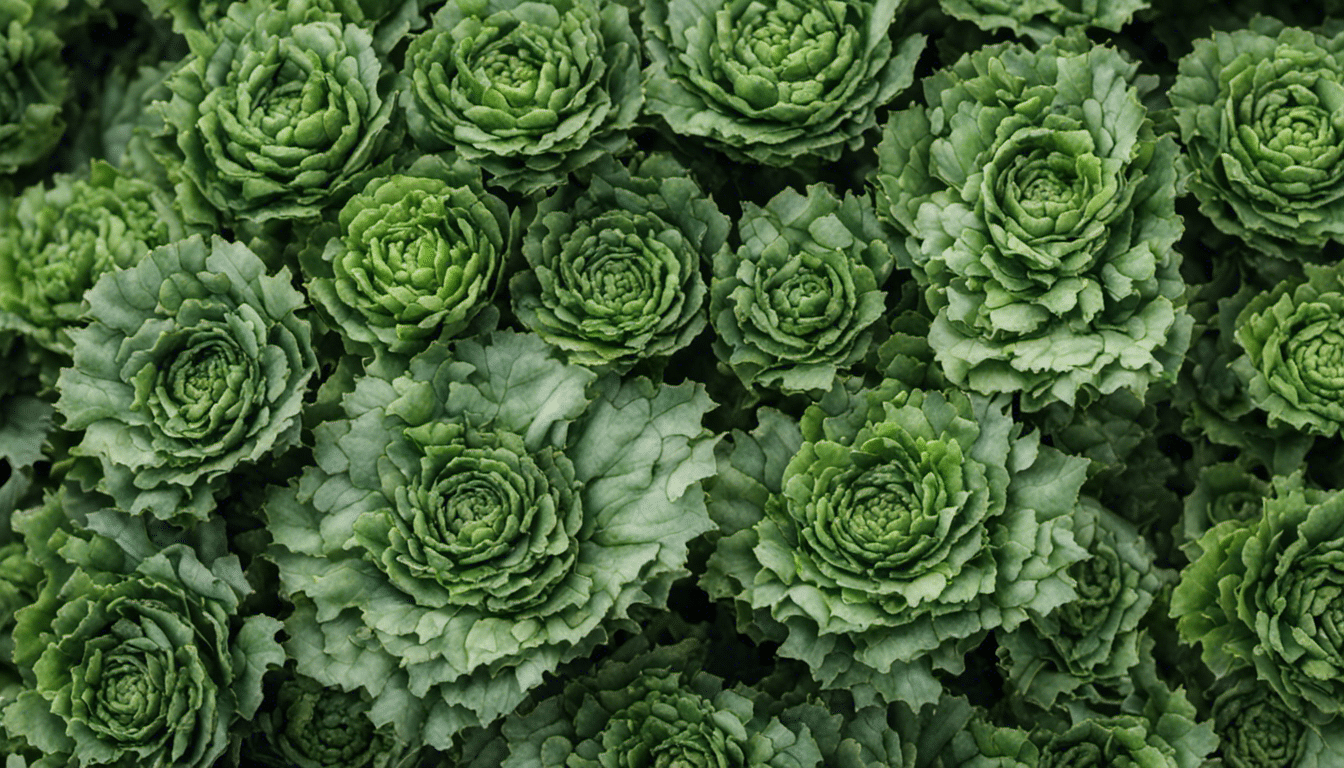
The Health Benefits of Sea Kale
Sea kales offer several health benefits, making them a must-have addition to your diet.
- Vitamin A: Known for supporting eye health, vitamin A found in sea kale also helps boost the immune system and promote healthy skin.
- Vitamin C: It acts as a powerful antioxidant, shielding your body from harmful free radicals. It also aids in collagen production, promoting skin health and slowing down aging.
- Vitamin K: Vital for blood clotting, it also supports bone health. A diet rich in vitamin K reduces the risk of bone fractures.
- Dietary Fiber: Supporting digestive health, it also helps control blood sugar levels, lower LDL cholesterol, and aid in weight management.
- Iron: Crucial for the production of red blood cells, it helps prevent conditions like anemia.
- Calcium: It supports bone and teeth health.
- Potassium: This essential mineral helps control blood pressure and heart rate.
- Magnesium: It aids in muscle contraction, bone health, and the production of DNA.
Consuming Sea kale is not just about nourishing the body with essential nutrients, but it also adds variety and novelty to your meals.
Integrating Sea Kale into Your Diet
Due to its versatility, Sea kale can be integrated into a variety of meals. Its young, tender leaves can be eaten raw, making a delightful addition to salads. Older leaves are slightly tougher and work well in soups, stews, and stir-fries. The flower buds of Sea kale, often referred to as “sea broccoli“, can be steamed or boiled to make a light appetizer or a side dish. Even the roots have culinary uses and can be cooked similarly to potatoes.
For more information on the nutritional benefits of other vegetables, learn more here.
Sea kale, with its taste and nutrition, is a worthwhile addition to any diet. It presents a delicious contribution to culinary diversity while supporting good health and well-being.
Our Most Delicious Sea Kale Recipes
Sea Kale Pesto Pasta
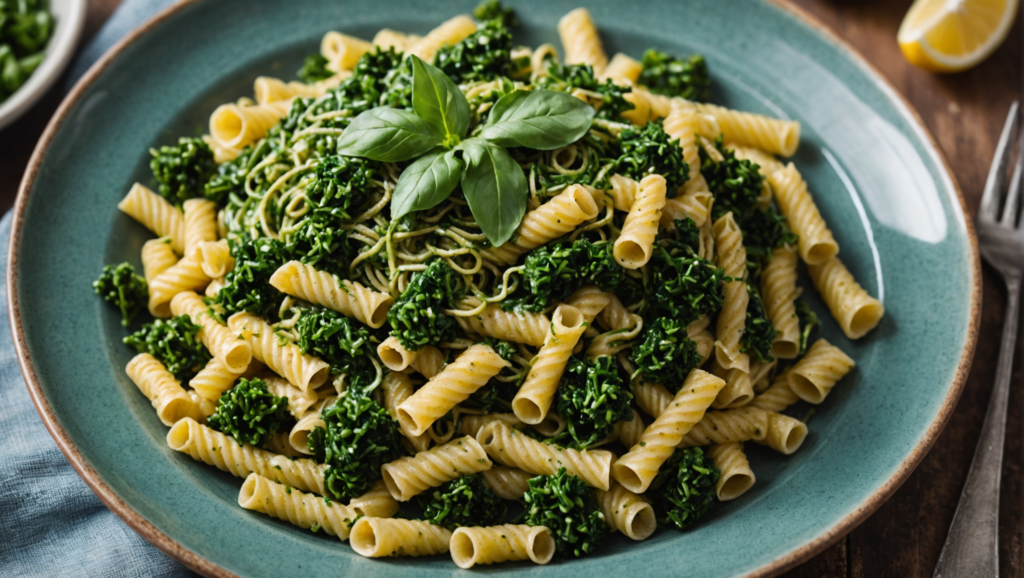
Savor the fresh flavors of Sea Kale Pesto Pasta, featuring nutrient-rich sea kale blended with garlic, lemon, nuts, and Parmesan, tossed with your favorite pasta.
Braised Sea Kale with Toasted Almonds
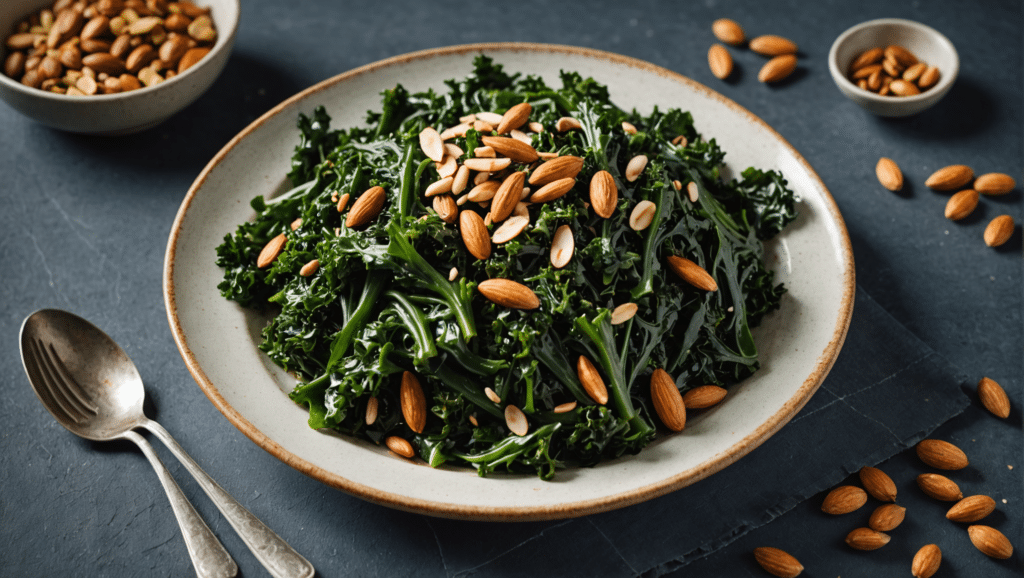
Delight in tender braised sea kale, enhanced by the rich nuttiness of toasted almonds. A simple, elegant side dish that’s nutritious and full of flavor!
Grilled Sea Kale with Lemon and Olive Oil
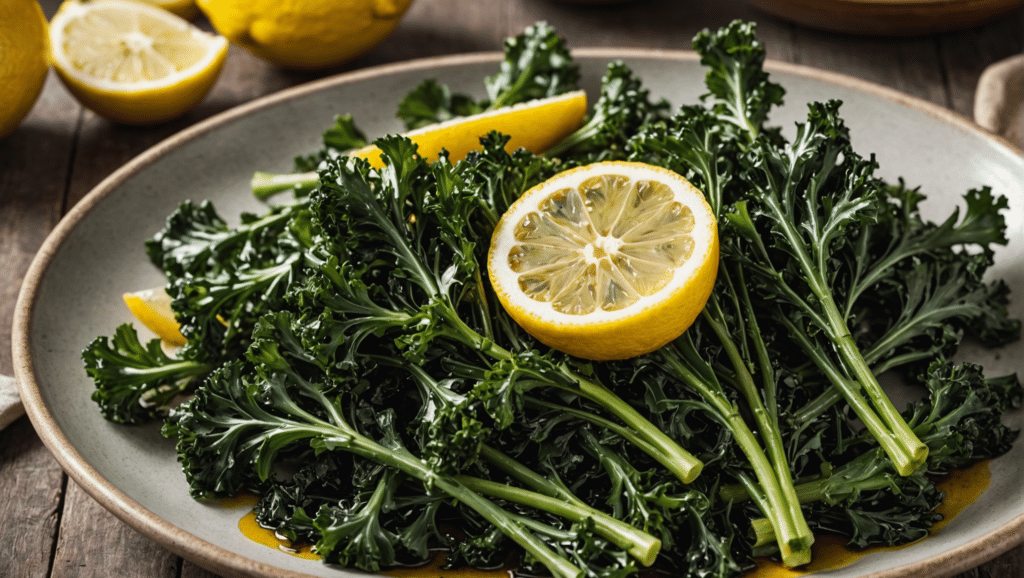
Grill sea kale until tender. Drizzle with fresh lemon juice and olive oil. Season with salt and pepper for a simple, flavorful side dish. Perfect summer fare!
Sea Kale and Avocado Toast
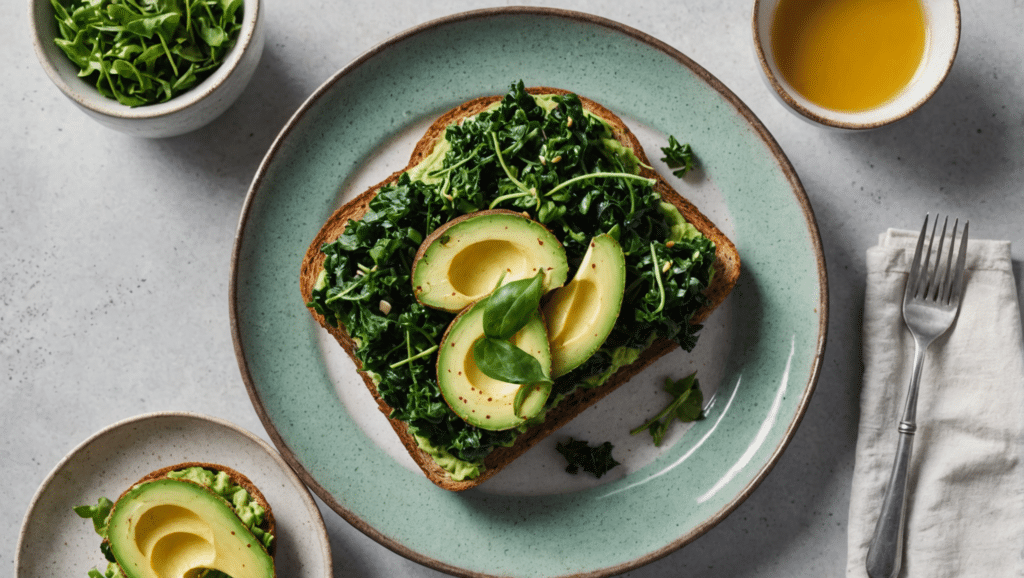
Crisp Sea Kale and creamy avocado on whole-grain toast. Topped with a hint of lemon zest and sea salt, this nutritious, vibrant dish is a perfect light meal.
Spicy Sea Kale Stir Fry
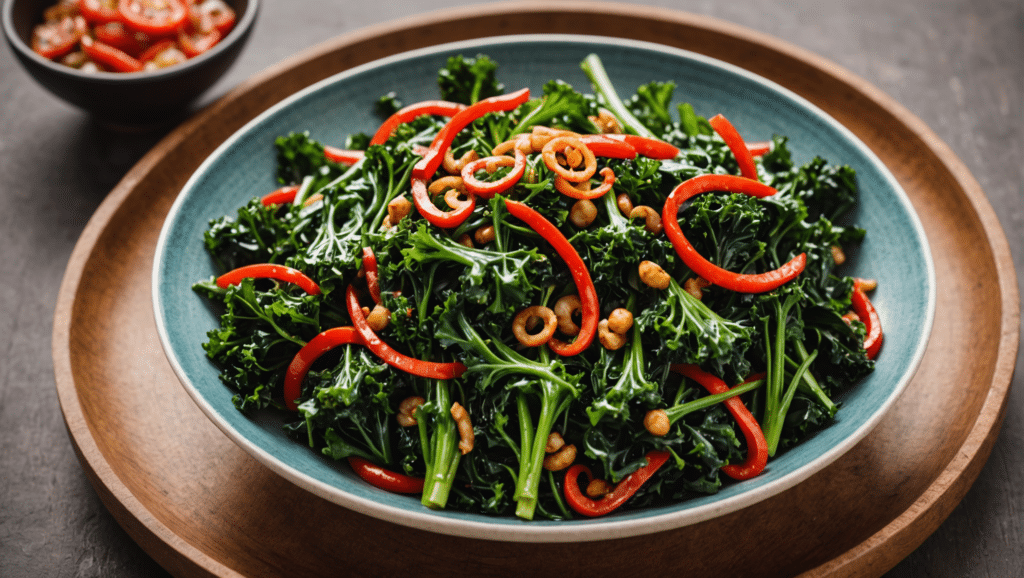
Dive into vibrant flavors with Spicy Sea Kale Stir Fry! Sauté sea kale, bell peppers, and garlic in a chili-infused sauce for a zesty and nutritious delight.
Sea Kale and Cheddar Soup
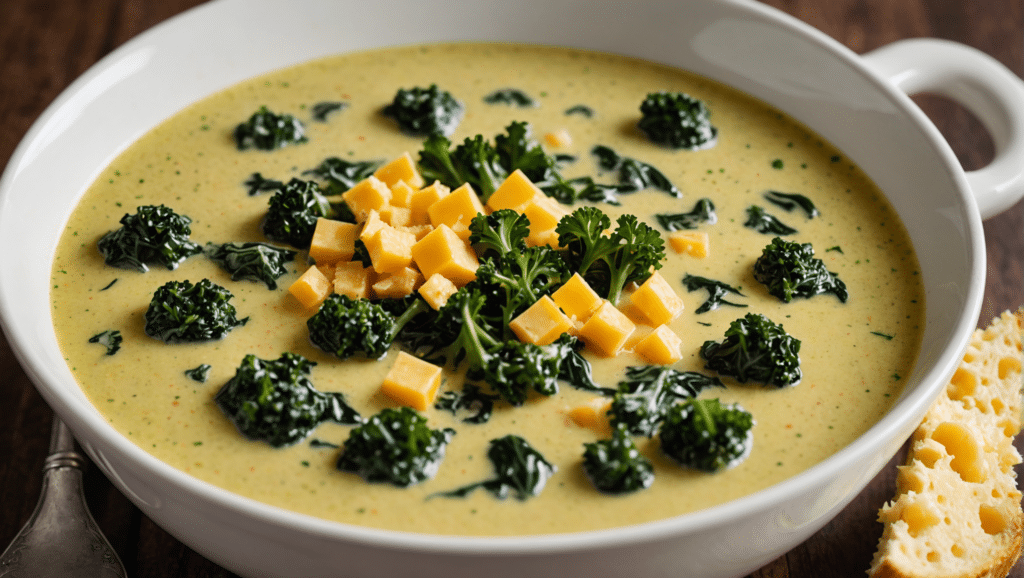
Discover comfort in a bowl with Sea Kale and Cheddar Soup, blending tender sea kale with rich, melted cheddar for a nutritious and savory delight.
Roasted Sea Kale with Garlic and Olive Oil
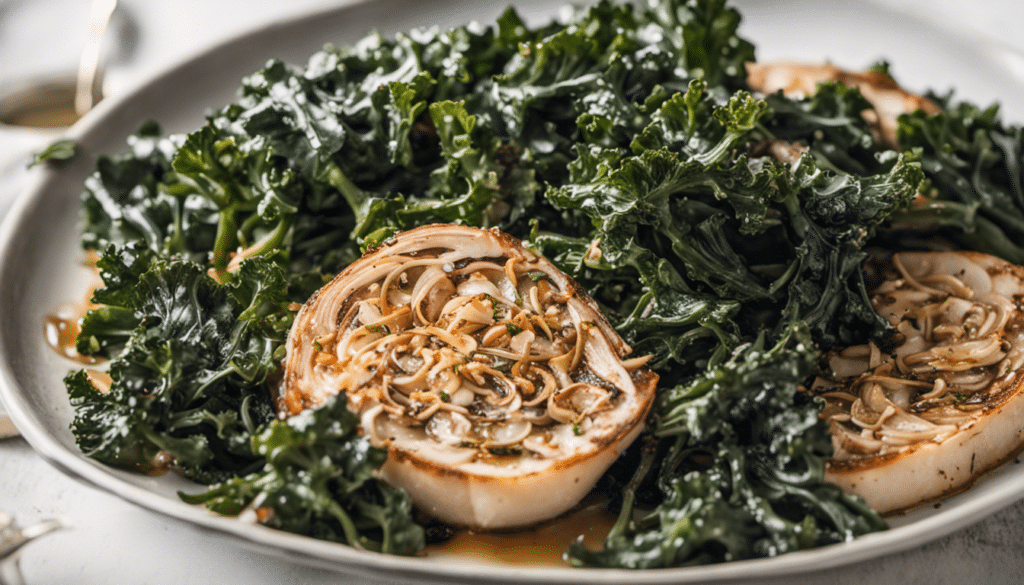
Savor the seaside flavor of sea kale by roasting it to crispy perfection with fragrant garlic and a drizzle of heart-healthy olive oil. A simple yet delightful dish.
Sea Kale and Potato Gratin
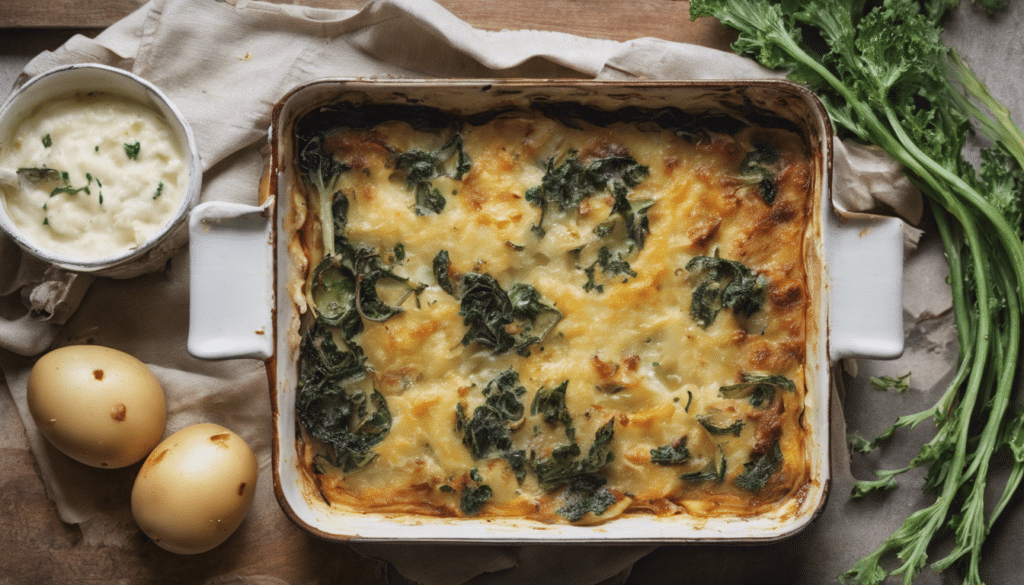
Enjoy this creamy Sea Kale and Potato Gratin recipe with a crunchy top. Packed with flavor and nutrients, it is both fulfilling and guilt-free. Perfect for sides or main dish!
Sea Kale and Lemon Risotto
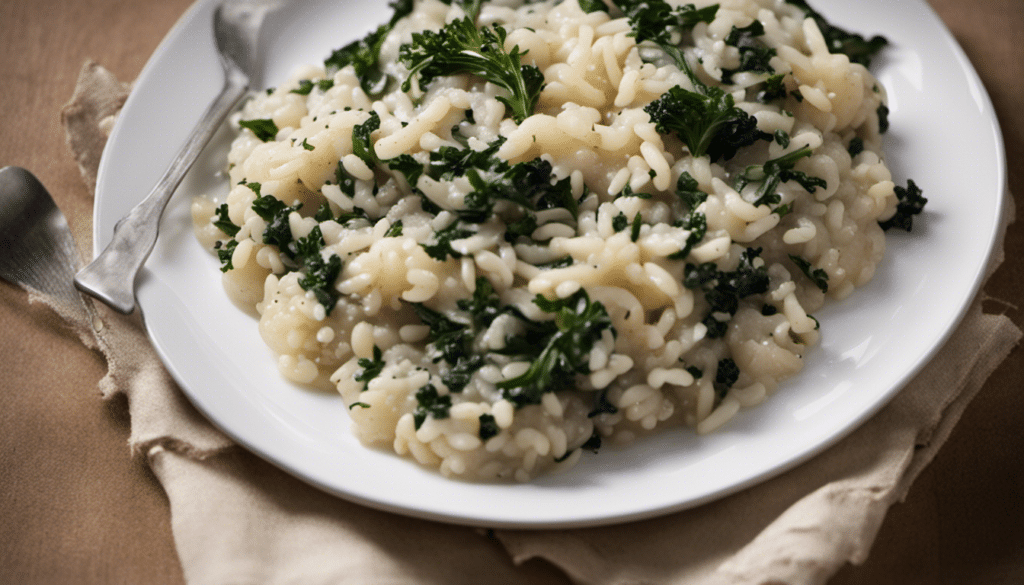
This Sea Kale and Lemon Risotto brings a unique twist to a classic Italian dish. With zesty lemon, tender kale, and creamy risotto, it’s sure to delight.
Sea Kale and Quinoa Salad
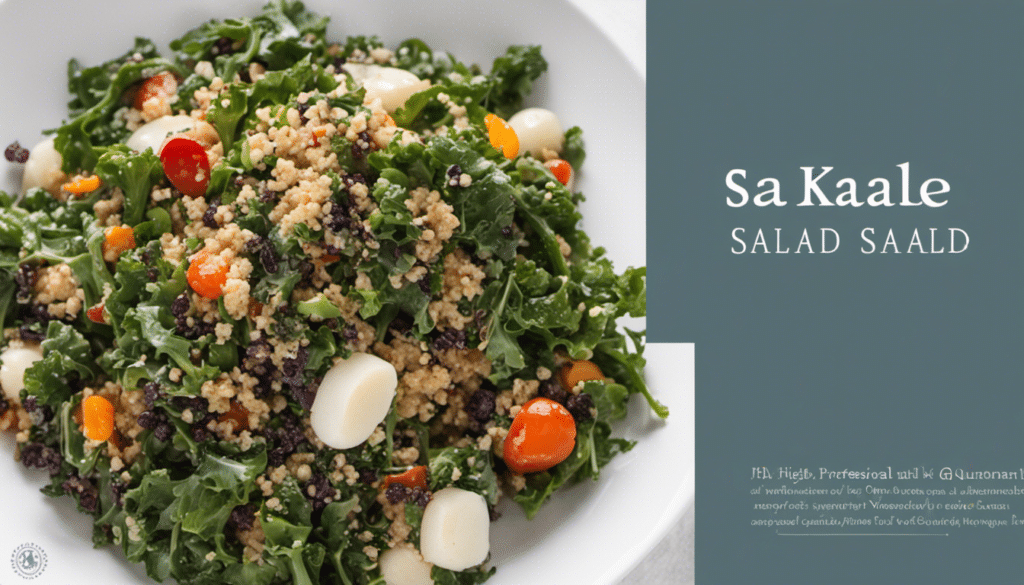
Enjoy the ocean’s bounty with this fresh Sea Kale and Quinoa Salad. It’s a nutrient-packed mix of kale, quinoa, and tangy lemon dressing. Healthy and hearty!

